

Articles
How To Store Paintings At Home
Modified: February 28, 2024
Learn the best practices for storing and preserving paintings at home with our informative articles. Ensure your artwork remains in pristine condition for years to come.
(Many of the links in this article redirect to a specific reviewed product. Your purchase of these products through affiliate links helps to generate commission for Storables.com, at no extra cost. Learn more)
Introduction
Welcome to the world of art! Whether you are an avid art collector or simply have a few cherished paintings, it’s important to know how to store them properly to preserve their beauty and value. The way you store your paintings can greatly affect their condition and longevity, so it’s crucial to take the necessary precautions to protect them from damage.
In this article, we will guide you through the process of properly storing paintings at home. From choosing the right storage space to handling and transporting the artwork, we will cover all the essential steps to ensure the longevity and preservation of your precious paintings.
When it comes to storing paintings, it’s important to create an environment that protects the artwork from potential threats such as humidity, temperature fluctuations, sunlight exposure, and physical damage. By following the guidelines outlined in this article, you will be able to create a safe and suitable storage space for your paintings.
So, let’s get started and learn how to store your paintings like a pro!
Key Takeaways:
- Properly storing paintings at home is crucial for preserving their beauty and value. Choose the right storage space, control humidity and temperature, and handle and transport paintings with care to ensure their longevity.
- Avoid common mistakes in painting storage, such as exposing paintings to direct sunlight, using inappropriate storage materials, and neglecting regular inspection and cleaning. By actively monitoring and maintaining the storage environment, you can create a stable and suitable space for your paintings.
Choosing the Proper Storage Space
When it comes to storing your paintings, the first step is to choose the right storage space. Ideally, the storage area should be located in a cool, dry, and well-ventilated area of your home. Avoid areas that are prone to high humidity, extreme temperature fluctuations, or excessive direct sunlight, as these factors can cause irreversible damage to the artwork.
If possible, select a room or a closet that is not directly connected to an exterior wall, as exterior walls are more susceptible to fluctuations in temperature and humidity. Additionally, choose a space that is away from potential sources of moisture such as bathrooms, kitchens, or laundry rooms.
It is also important to consider the size of the storage space. Make sure there is ample room to accommodate your paintings without overcrowding them. Avoid stacking paintings on top of each other, as this can lead to pressure and damage. If space is limited, consider investing in racks or shelves to ensure proper storage and easy access to your artwork.
In addition to the physical location, you should also consider the security of the storage area. Choose an area that is unlikely to be accessed by unauthorized individuals and make sure there are proper security measures in place, such as locks or security systems, to protect your valuable artwork.
Lastly, make sure the storage area is clean and free from dust, debris, and pests. Regular cleaning and maintenance will help prevent any potential damage to your paintings.
By selecting the right storage space, you are laying the foundation for proper artwork preservation and ensuring that your paintings remain in pristine condition for years to come.
Preparing the Storage Area
Once you have chosen the proper storage space for your paintings, it’s time to prepare the area to ensure optimal conditions for storing artwork. Here are some important steps to follow:
- Clean the storage area: Before placing your paintings in the storage space, clean the area thoroughly. Remove any dust, dirt, or debris that may be present. This will help prevent any contaminants from coming into contact with your artwork.
- Control humidity levels: Maintaining the right humidity level is crucial for preserving the quality of your paintings. Aim for a humidity level between 40% to 50%. You can use a dehumidifier or a humidifier to regulate the humidity in the storage area. Additionally, using a hygrometer will help you monitor the humidity levels regularly.
- Monitor temperature: It’s important to maintain a stable temperature in the storage area. Aim for a temperature range between 68°F to 72°F (20°C to 22°C). Avoid extreme temperature fluctuations, as they can cause permanent damage to the artwork. If needed, consider using a temperature-controlled storage unit or installing insulation to regulate the temperature.
- Control light exposure: Light can cause fading and discoloration of your paintings over time. Keep the storage area dark or use UV-filtering curtains or blinds to protect your artwork from direct sunlight. If you need to use artificial lighting in the storage area, opt for low-intensity, non-UV emitting lights.
- Ensure proper ventilation: Adequate ventilation is essential to prevent the buildup of moisture or stale air in the storage area. Make sure the area has proper ventilation to allow for air circulation and prevent the growth of mold or mildew.
- Avoid chemical exposure: Keep your paintings away from any potential sources of chemicals, such as cleaning products, paints, or solvents. These chemicals can emit fumes or react with the artwork, causing damage.
By following these steps and preparing the storage area properly, you are creating an environment that will help protect your paintings and preserve their quality for years to come. Remember to regularly monitor the storage conditions and make any necessary adjustments to ensure the optimal preservation of your artwork.
Handling and Transporting Paintings
Handling and transporting paintings require special care to prevent any accidental damage. Whether you are moving your paintings within your home or taking them to a different location, follow these guidelines to ensure their safety:
- Handle with clean hands: Before touching any artwork, make sure your hands are clean and free from lotions, oils, or any substances that could transfer onto the canvas. The natural oils on your fingers can harm the painting’s surface over time, so it’s best to wear clean cotton gloves when handling delicate artworks.
- Support the canvas: When picking up a painting, always support the canvas from the back. Place one hand on each side of the frame and lift gently, taking care not to put pressure on the canvas or touch the painted surface.
- Use protective covering: For added protection during transportation, cover the painting with a clean acid-free tissue paper or glassine. This will prevent any contact damage or scratches while in transit.
- Secure the painting: If you need to transport the painting in a vehicle, make sure it is secured properly to prevent any movement or shifting. Use straps or bungee cords to secure the painting to the seat or cargo area, ensuring that it remains in an upright position.
- Avoid extreme temperatures: When transporting paintings, avoid exposing them to extreme temperatures. Extreme heat or cold can cause the paint to expand or contract, leading to cracking or warping of the canvas. If necessary, use climate-controlled vehicles or pack the artwork in insulated containers to maintain a stable temperature.
- Keep paintings upright: During transportation, it’s important to keep the paintings in an upright position to minimize the risk of damage. Avoid stacking paintings on top of each other or placing heavy objects on them.
- Take precautions during stairs or narrow passages: When navigating through stairs or narrow passages, exercise caution and have a steady grip on the artwork. If needed, enlist the help of others to assist you in safely maneuvering the painting.
By following these guidelines, you can ensure that your paintings are safely handled and transported, minimizing the risk of any accidental damage. Whether you are moving your artwork within your home or taking it to exhibitions or galleries, proper handling and transportation practices are vital to maintaining their condition and value.
Wrapping and Padding Techniques
Properly wrapping and padding your paintings during storage or transportation is essential to protect them from any potential damage. Follow these techniques to ensure maximum safety:
- Cover with acid-free paper: Start by placing a layer of acid-free paper on a clean and flat surface. This will provide a barrier between the painting and any other materials.
- Wrap with bubble wrap: Carefully wrap the painting in a layer of bubble wrap, making sure the bubbles are facing inward. This will provide cushioning and protection against impact.
- Add corner protectors: Place cardboard corner protectors on each corner of the painting to prevent any accidental bumps or pressure on the edges.
- Secure with packing tape: Use packing tape to secure the bubble wrap and corner protectors in place. Make sure the tape is applied snugly but not too tightly, as excessive pressure can damage the painting.
- Pack in a cardboard box: If you are storing or transporting multiple paintings, consider using a custom-made cardboard box. Line the box with acid-free tissue paper or bubble wrap, place the wrapped paintings inside, and fill any remaining gaps with additional padding materials.
- Label and mark as fragile: Clearly label the box as “Fragile” and indicate which side is up. This will alert anyone handling the box to exercise caution and prevent the box from being placed inappropriately.
- Store paintings upright: If you are storing paintings on racks or shelves, make sure they are placed upright and not leaning against each other. Use padded supports or spacers between the paintings to ensure they remain secure and stable.
- Consider climate-controlled storage: If you live in an area with high humidity, extreme temperatures, or fluctuations, consider investing in a climate-controlled storage unit. This will help maintain a stable environment and protect your paintings from potential damage.
By following these wrapping and padding techniques, you can ensure that your paintings are well-protected during storage or transportation. Remember to handle the wrapped paintings with care and avoid placing any heavy objects on top of them. Taking the time to properly wrap and pad your paintings will give you peace of mind knowing that they are safeguarded against any potential harm.
Read more: How To Store Painting
Storing Paintings on Racks or Shelves
Storing paintings on racks or shelves is an excellent option to maximize space and provide easy access to your artwork. Here are some tips for storing paintings on racks or shelves:
- Choose sturdy and secure racks: Invest in sturdy racks or shelves that can safely support the weight of your paintings. Ensure that the racks are securely fastened to the wall or floor to prevent any accidents or toppling.
- Use padded supports: Place padded supports, such as foam pads or archival-grade cardboard, between the back of the painting and the rack. This will help distribute the weight evenly and prevent any pressure points on the canvas.
- Leave enough space: Avoid overcrowding the racks or shelves to prevent paintings from touching or leaning against each other. Allow enough space between each painting to ensure proper airflow and minimize the risk of accidental damage.
- Store vertically: Whenever possible, store the paintings vertically, as this is the ideal position for long-term storage. Vertical storage helps distribute the weight evenly across the painting and reduces the risk of warping or sagging.
- Rotate paintings: If you have a collection of paintings, consider rotating them periodically. This will help prevent any one painting from bearing the weight of the others for an extended period, reducing the risk of damage.
- Keep an inventory: Maintain an inventory or catalog of the paintings stored on the racks or shelves. This will help you keep track of their location, condition, and any necessary maintenance or conservation measures.
- Monitor the environment: Regularly check the storage area for any changes in temperature, humidity levels, or signs of pests. Make adjustments as needed to maintain a stable and suitable storage environment for your paintings.
- Protect from direct light: If the racks or shelves are located near windows or areas with direct sunlight, consider using curtains or blinds to shield the paintings from harmful UV rays. Exposure to direct sunlight can fade colors and cause irreversible damage over time.
Storing paintings on racks or shelves not only saves space but also allows you to enjoy your collection while keeping them safe. By following these guidelines, you can ensure that your paintings are stored in a secure and well-maintained environment, prolonging their lifespan and preserving their beauty for generations to come.
Store paintings in a cool, dry place away from direct sunlight and extreme temperatures. Use acid-free materials for framing and avoid hanging in areas with high humidity or potential for water damage.
Storing Paintings in Custom-Made Boxes
When it comes to storing valuable paintings or transporting them over long distances, custom-made boxes provide an extra level of protection. Here are some tips for storing paintings in custom-made boxes:
- Choose the right box: Select a sturdy and appropriately sized box that can accommodate the dimensions of your painting with some extra space for padding. Opt for acid-free and archival-quality boxes made from materials like corrugated cardboard or museum-grade materials for optimal protection.
- Add padding inside the box: Line the bottom of the box with acid-free tissue paper or archival foam. This adds an extra layer of cushioning and protects the painting from potential shock or impact.
- Wrap the painting: As mentioned earlier, cover the painting with a layer of acid-free paper or glassine. This prevents direct contact with the bubble wrap or other packing materials and prevents any potential damage to the painting’s surface.
- Place the wrapped painting in the box: Gently slide the wrapped painting into the custom-made box, ensuring that it fits snugly but is not squeezed. If there is any empty space, fill it with additional padding materials, such as foam peanuts or bubble wrap, to prevent movement during storage or transportation.
- Secure the box: Close the box and seal all edges and corners with strong packing tape. Label the box as “Fragile” and indicate which side is up to ensure proper handling. If possible, consider reinforcing the box with additional tape or using corner protectors to provide extra stability.
- Store in a climate-controlled environment: To ensure the best preservation of your paintings, store the custom-made boxes in a climate-controlled environment. This helps maintain a stable temperature and humidity level, reducing the risk of damage due to extreme conditions.
- Keep an inventory: Maintain a detailed inventory of the paintings stored in custom-made boxes, including their location, condition, and any special handling instructions. This will help you keep track of your collection and easily access specific paintings when needed.
- Regularly inspect the storage condition: Periodically check the custom-made boxes for any signs of damage, pests, or changes in the storage environment. Make sure to address any issues promptly to prevent further harm to the artwork.
Storing paintings in custom-made boxes provides an extra layer of protection while ensuring their safe storage or transportation. By following these tips and investing in proper packing materials, you can give your valuable paintings the utmost care and peace of mind.
Avoiding Common Mistakes in Painting Storage
When it comes to storing your paintings, it’s important to avoid common mistakes that can lead to damage or deterioration over time. By being aware of these mistakes, you can ensure the proper preservation of your artwork. Here are some common mistakes to avoid:
- Exposing paintings to direct sunlight: Direct sunlight can cause fading and discoloration of the artwork. Avoid storing or displaying paintings in areas where they are exposed to direct sunlight for extended periods. Use UV-protective coatings on windows or install curtains or blinds to block harmful rays.
- Storing paintings in high humidity areas: High humidity levels can lead to mold growth and warping of the canvas. Avoid storing paintings in areas prone to high humidity, such as basements or attics. Invest in dehumidifiers or use climate-controlled storage units to maintain optimal humidity levels.
- Stacking paintings without proper support: Avoid stacking paintings on top of each other without proper support. This can lead to pressure points, creases, or damage to the surface of the artwork. Store paintings vertically or use proper shelving and supports to prevent any stacking or leaning.
- Using inappropriate storage materials: Avoid using materials such as plastic bags, newspaper, or non-archival quality packing materials for storing paintings. These materials can emit harmful gases or cause damage to the artwork. Instead, use acid-free paper, archival-grade boxes, or foam padding for proper protection.
- Ignoring environmental changes: Failure to monitor and address changes in the storage environment can lead to irreversible damage. Regularly check for fluctuations in temperature, humidity levels, and signs of pests. Make adjustments as needed to maintain stable conditions.
- Neglecting regular inspection and cleaning: It’s important to regularly inspect your paintings for any signs of damage or deterioration. Check for loose frames, flaking paint, or any other issues. Also, properly clean the storage area to prevent dust, dirt, or pests from affecting the artwork.
- Overcrowding the storage space: Avoid overcrowding the storage space, as this can increase the risk of accidental damage. Ensure that each painting has enough space to breathe and that they are not leaning against each other or touching.
- Ignoring professional advice: If you have valuable or delicate artworks, seek professional advice. Art conservation experts can provide guidance on proper storage techniques, temperature and humidity controls, and any necessary restoration or conservation measures.
By avoiding these common mistakes, you can significantly reduce the risk of damage to your paintings and ensure their longevity. Proper storage techniques and regular care will help preserve the beauty and value of your artwork for years to come.
Monitoring and Maintaining the Storage Environment
Monitoring and maintaining the storage environment is crucial for the long-term preservation of your paintings. By keeping a close eye on temperature, humidity levels, and other factors, you can prevent damage and ensure the optimal condition of your artwork. Here are some key aspects to consider:
- Temperature control: Maintain a stable temperature within the storage area, ideally between 68°F to 72°F (20°C to 22°C). Avoid drastic temperature fluctuations, as they can cause the materials to expand or contract, leading to damage or warping of the paintings.
- Humidity regulation: Maintain a relative humidity level between 40% to 50%. High humidity can promote mold growth, while low humidity can cause the materials to become brittle. Use dehumidifiers or humidifiers, depending on the climate, to regulate and stabilize the humidity levels.
- Avoiding extreme conditions: Protect your artwork from extreme environmental conditions. Avoid storing paintings in areas with direct sunlight or near sources of heat or moisture, as they can cause fading, discoloration, or damage to the materials.
- Monitor light exposure: Control the amount of light exposure to your paintings. UV rays from natural or artificial light can cause fading and deterioration of pigments. Use UV-filtering window films or display curtains to block harmful UV rays. If you use artificial lighting in the storage area, opt for low-intensity, non-UV emitting lights.
- Inspect for pests: Regularly inspect the storage area for any signs of pests, such as insects or rodents. These unwanted visitors can cause irreversible damage to your paintings. Implement pest control measures and ensure the area is sealed off properly to prevent infestations.
- Keep a record: Maintain a record of temperature and humidity readings, as well as any changes or observations made during inspections. This will help you monitor any fluctuations or potential issues over time.
- Adjustments and maintenance: Make any necessary adjustments to maintain the storage environment based on the recorded data. This may include using climate control devices, sealing gaps or cracks, or installing insulation to regulate temperature and humidity levels.
- Periodic conservation: Consider periodic conservation measures to ensure the longevity of your paintings. This may involve consulting a professional conservator who can assess the condition of the artwork and provide recommendations for specific conservation treatments.
By actively monitoring and maintaining the storage environment, you can create a stable and suitable space for your paintings. This will significantly reduce the risk of damage and ensure the long-term preservation of your valuable artwork.
Read more: How To Paint Insulation Foam
Regular Inspection and Conservation Measures
Regular inspection and conservation measures are essential for maintaining the quality and longevity of your paintings. By conducting routine checks and implementing appropriate conservation practices, you can prevent potential issues and ensure the preservation of your artwork. Here are some important steps to follow:
- Visual inspection: Regularly examine your paintings for any signs of damage, deterioration, or changes in condition. Look for issues such as flaking paint, discoloration, mold growth, or insect damage. Pay close attention to the edges, corners, and areas that may be more vulnerable to wear and tear.
- Monitor environmental conditions: Continuously monitor temperature, humidity levels, and light exposure in the storage area. Record the readings and check for any deviations or fluctuations. This will help you identify potential issues and take appropriate action to maintain the optimal storage environment.
- Dust removal: Dust can accumulate on the surface of your paintings, affecting their appearance and potentially causing damage over time. Use a soft, clean brush or a non-abrasive cloth to gently remove any dust. Avoid using any cleaning solutions or excessive pressure that could harm the artwork.
- Conservation treatments: If you notice any signs of damage or deterioration during your inspection, consult a professional conservator. They can assess the condition of the artwork and recommend appropriate conservation treatments, such as cleaning, re-varnishing, or stabilizing loose paint or support.
- Handle with care: When examining or moving your paintings, always handle them with clean hands and wear cotton gloves if possible. Avoid touching the painted surface directly and support the painting from the back or edges to prevent stress or damage to the canvas or frame.
- Document the artwork: Keep detailed records of your paintings, including information about the artist, title, dimensions, and any relevant historical or provenance details. This documentation helps in the identification, valuation, and conservation of the artworks.
- Consult with professionals: If you have valuable or delicate paintings, it’s recommended to consult with professionals in the field. Art conservators, appraisers, or museum curators can provide guidance on proper handling, storage, and conservation practices specific to your artwork.
- Stay informed: Stay updated on current best practices and conservation techniques specific to the type of paintings you own. Attend workshops, seminars, or consult reputable resources to learn about new developments in the field of art conservation.
By regularly inspecting your paintings and implementing appropriate conservation measures, you can ensure the long-term preservation of your artwork. Taking proactive steps to address any issues or concerns will help maintain the integrity and value of your prized paintings for years to come.
Conclusion
Properly storing your paintings at home is essential for preserving their beauty, value, and longevity. By following the guidelines and best practices outlined in this article, you can ensure that your artwork remains safe and protected from potential damage.
Choosing the proper storage space is the first step. Select a location that is cool, dry, and well-ventilated, and avoid areas with direct sunlight or high humidity. Prepare the storage area by cleaning it thoroughly and controlling temperature, humidity levels, and light exposure.
When handling and transporting paintings, remember to handle them with clean hands, provide proper support, and secure them to prevent any movement or impact. Wrapping and padding techniques with acid-free materials and securing them in custom-made boxes further enhance the protection.
Avoid common mistakes such as exposing paintings to direct sunlight, inadequate storage materials, and neglecting regular inspections. By monitoring and maintaining the storage environment, regularly inspecting your paintings, and seeking professional conservation measures when needed, you can ensure their optimal condition.
Remember, your paintings are precious works of art that deserve the utmost care. By implementing these guidelines, you can enjoy your collection for years to come and pass it down to future generations to appreciate and admire.
So, take the necessary steps and store your paintings like a pro – your artwork will thank you!
Frequently Asked Questions about How To Store Paintings At Home
Was this page helpful?
At Storables.com, we guarantee accurate and reliable information. Our content, validated by Expert Board Contributors, is crafted following stringent Editorial Policies. We're committed to providing you with well-researched, expert-backed insights for all your informational needs.
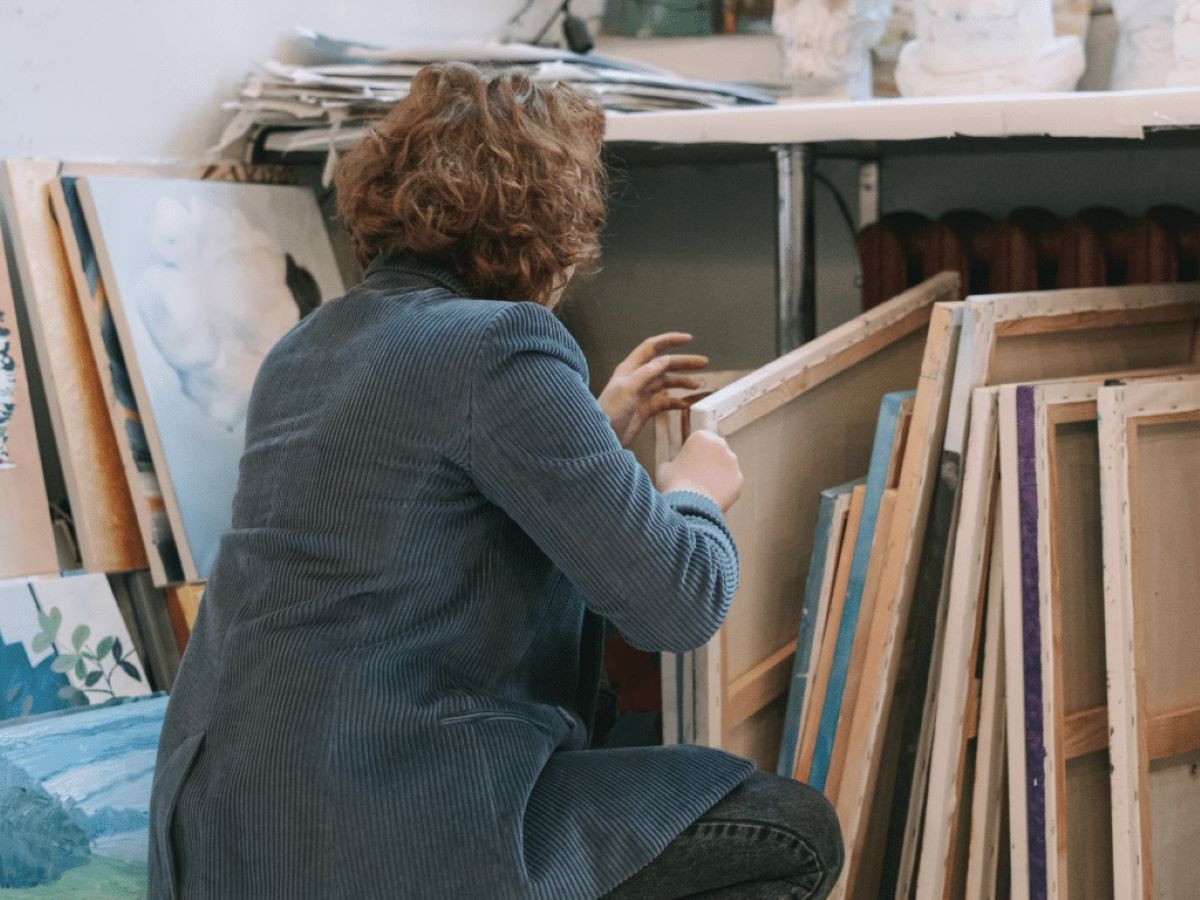
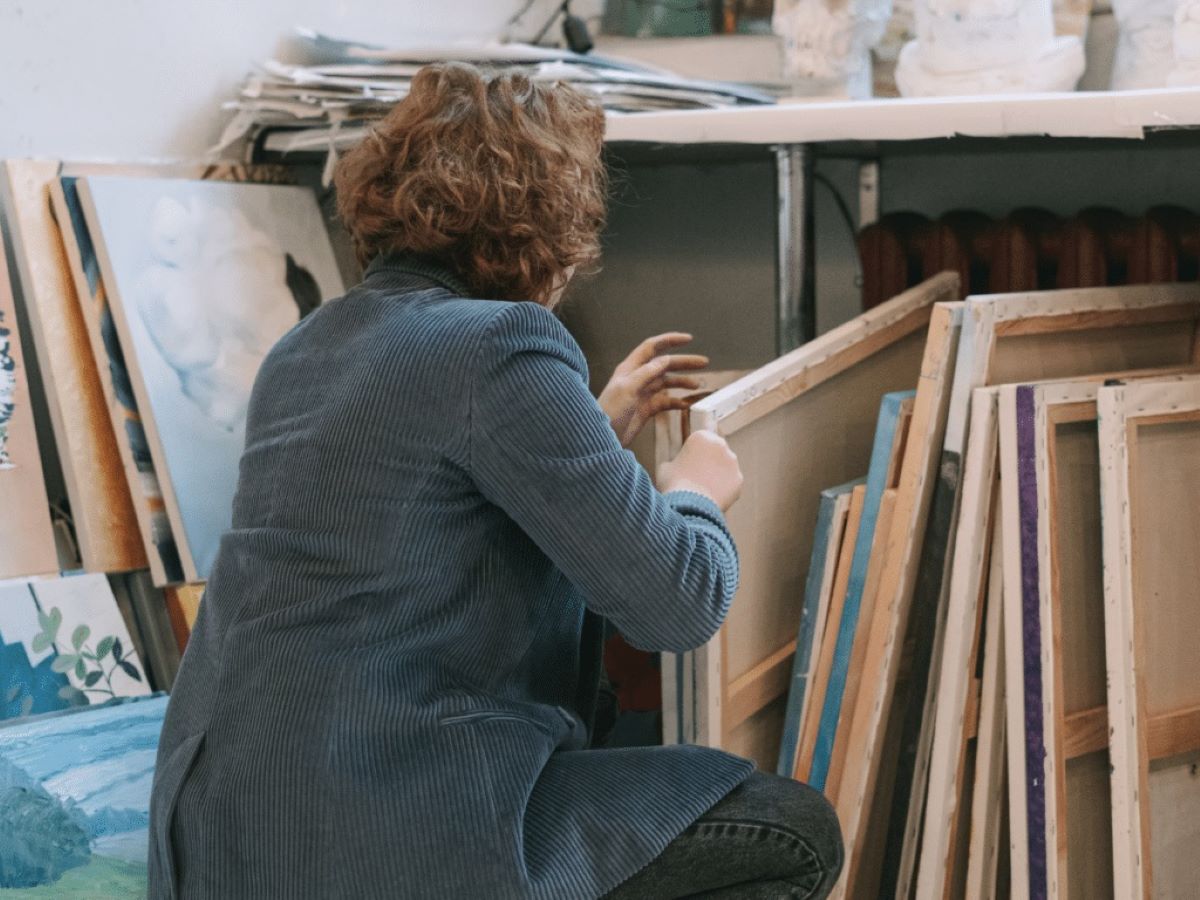
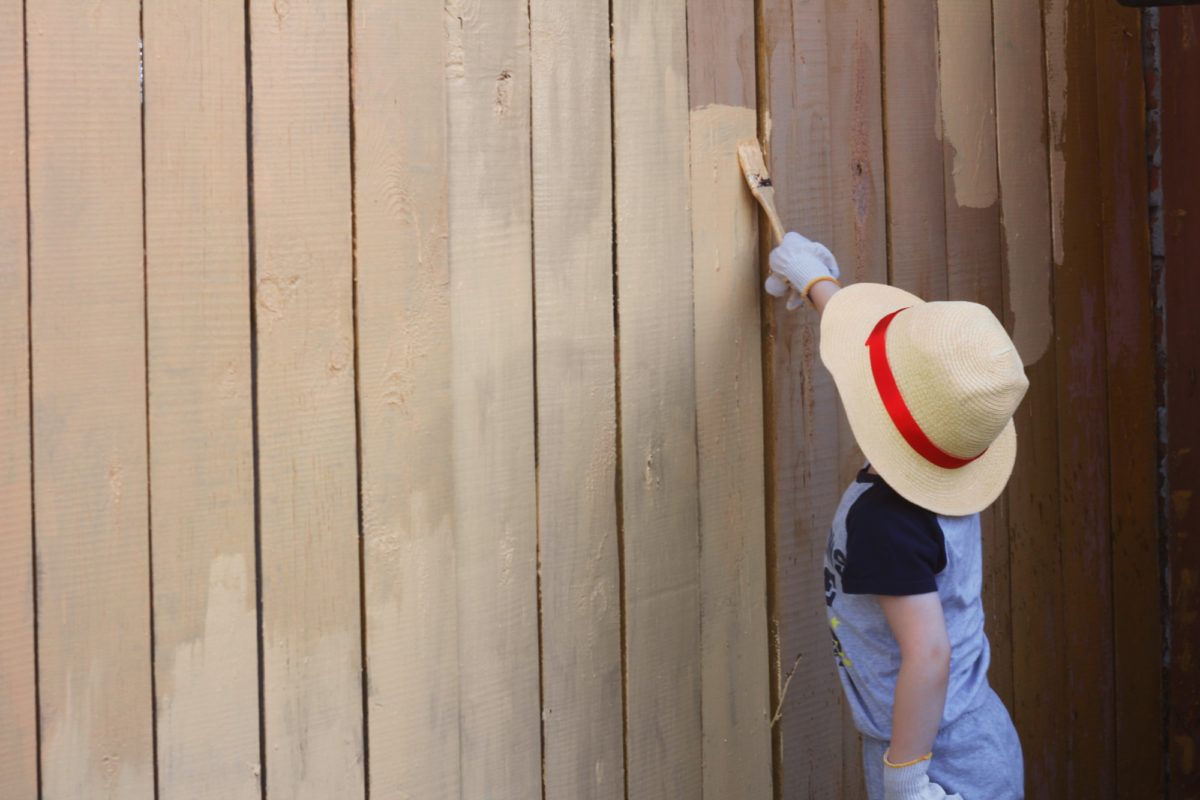
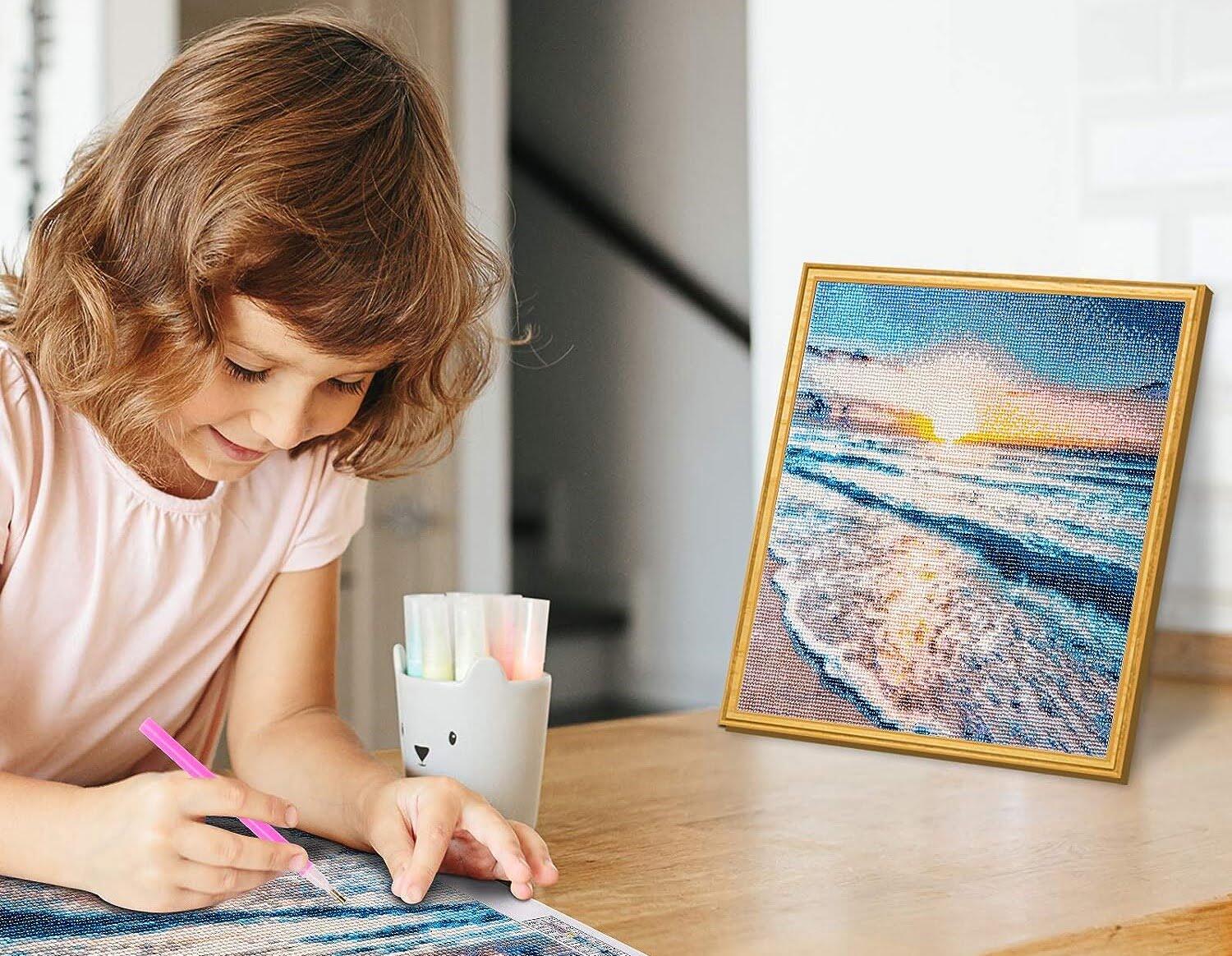
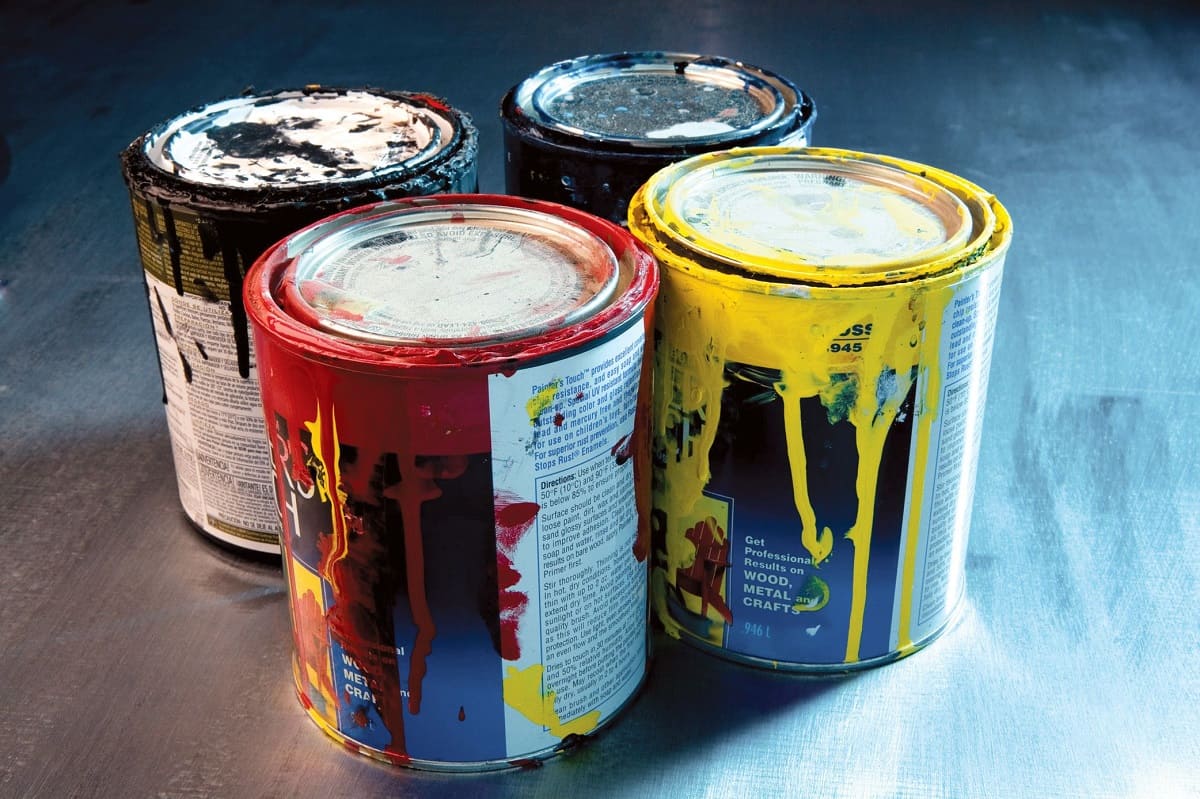
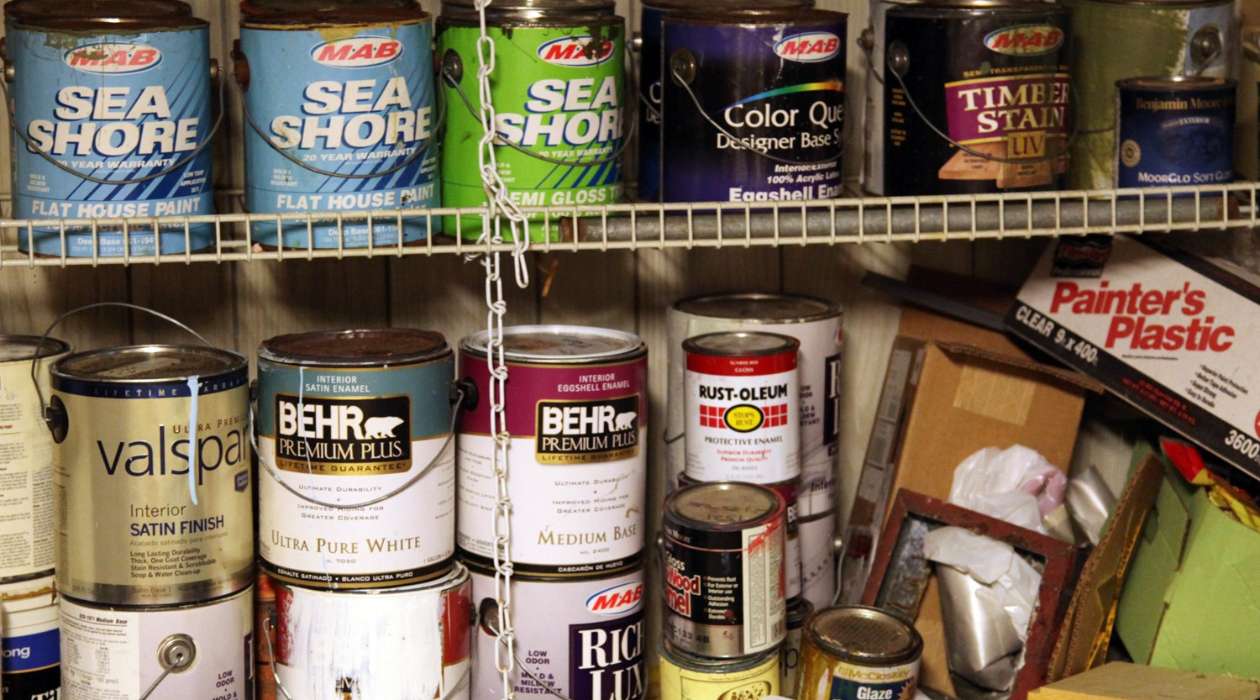

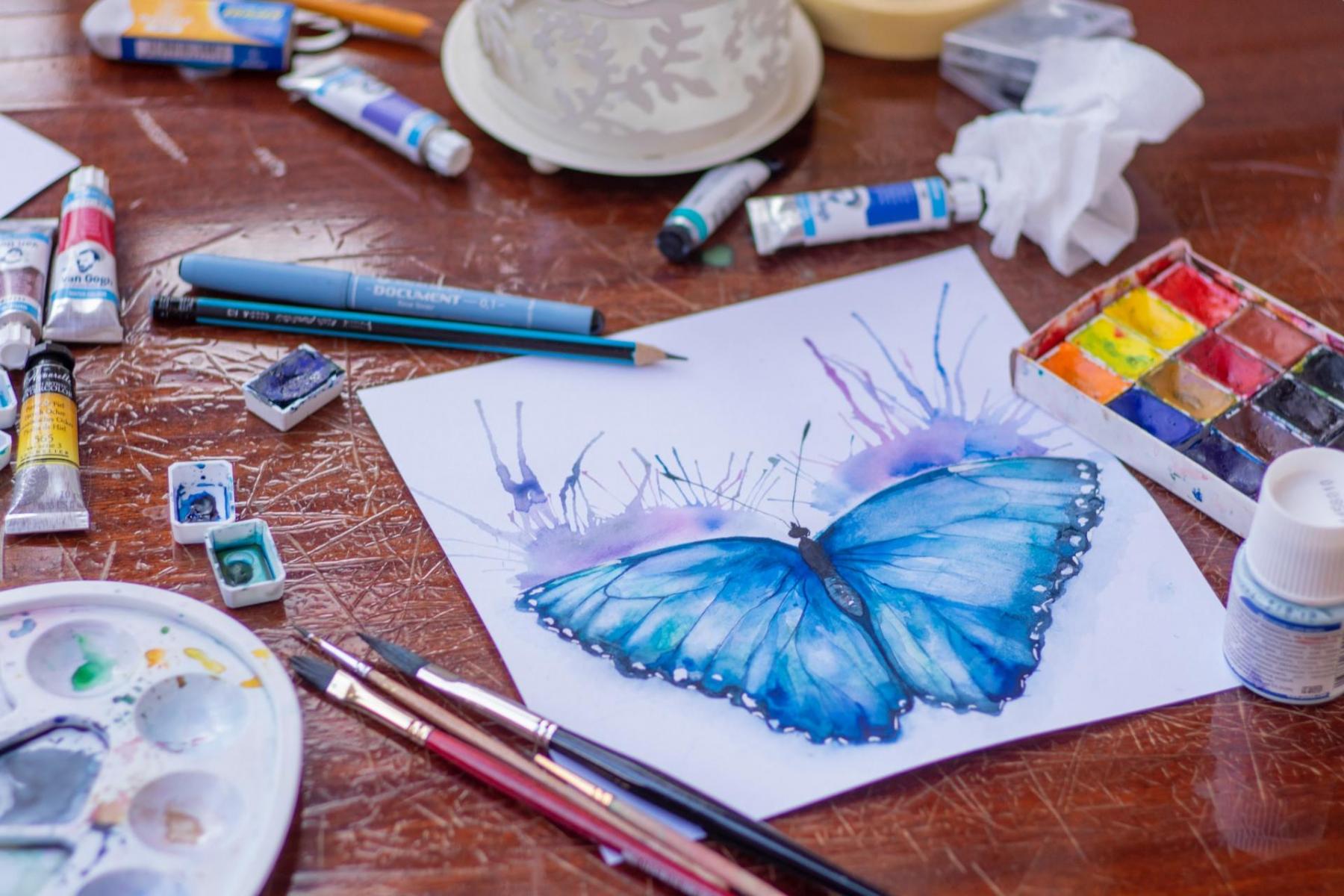
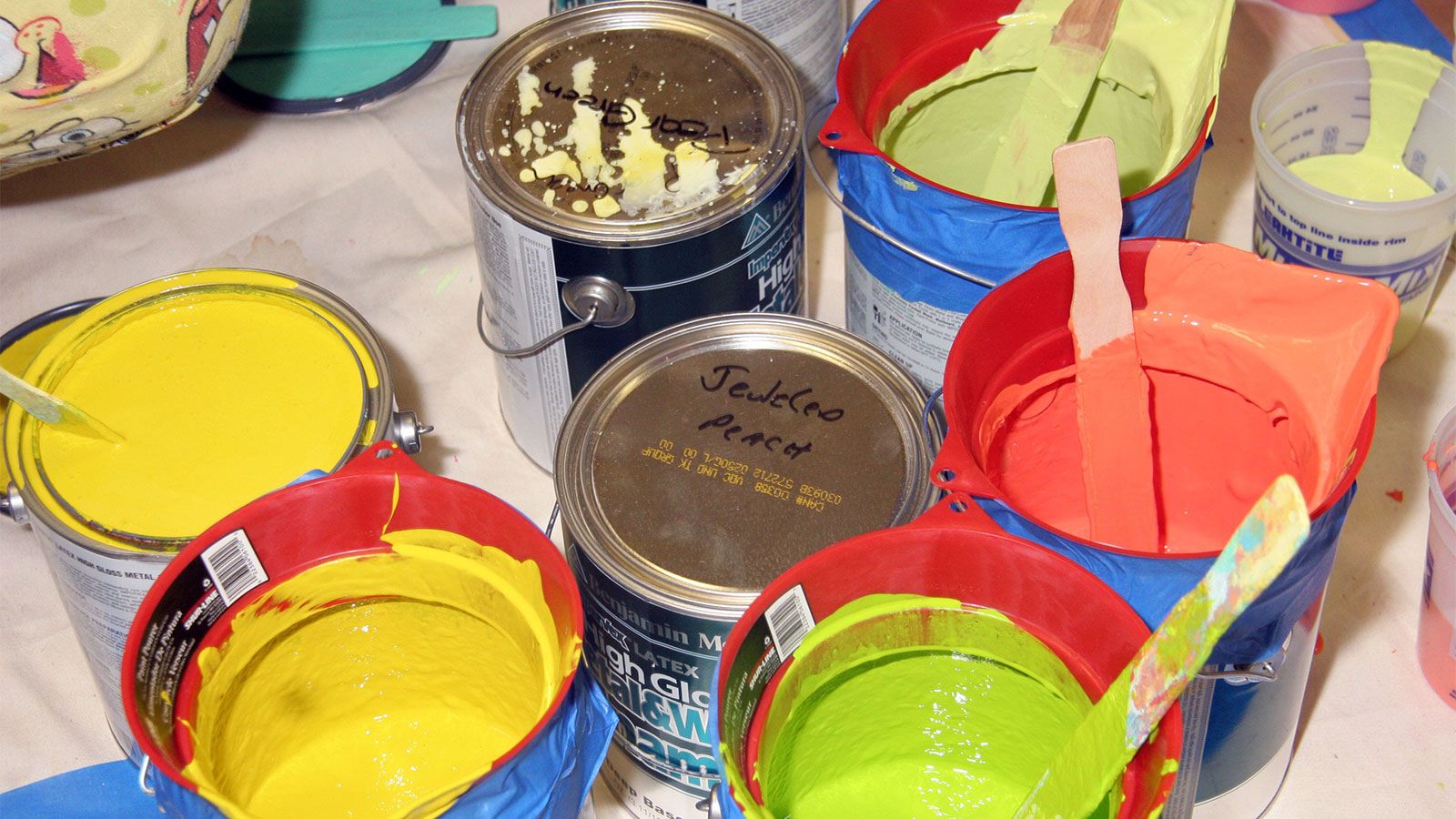


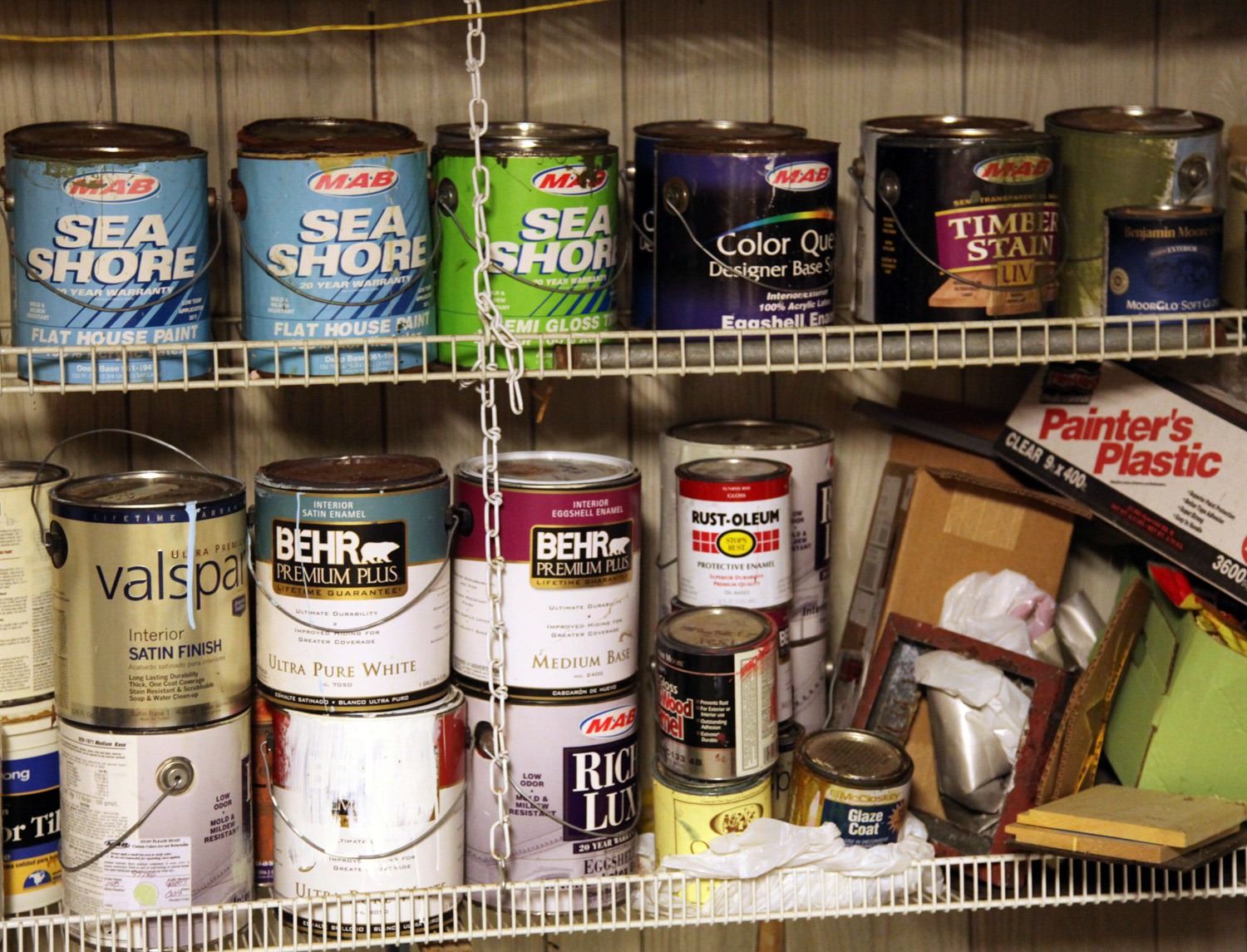
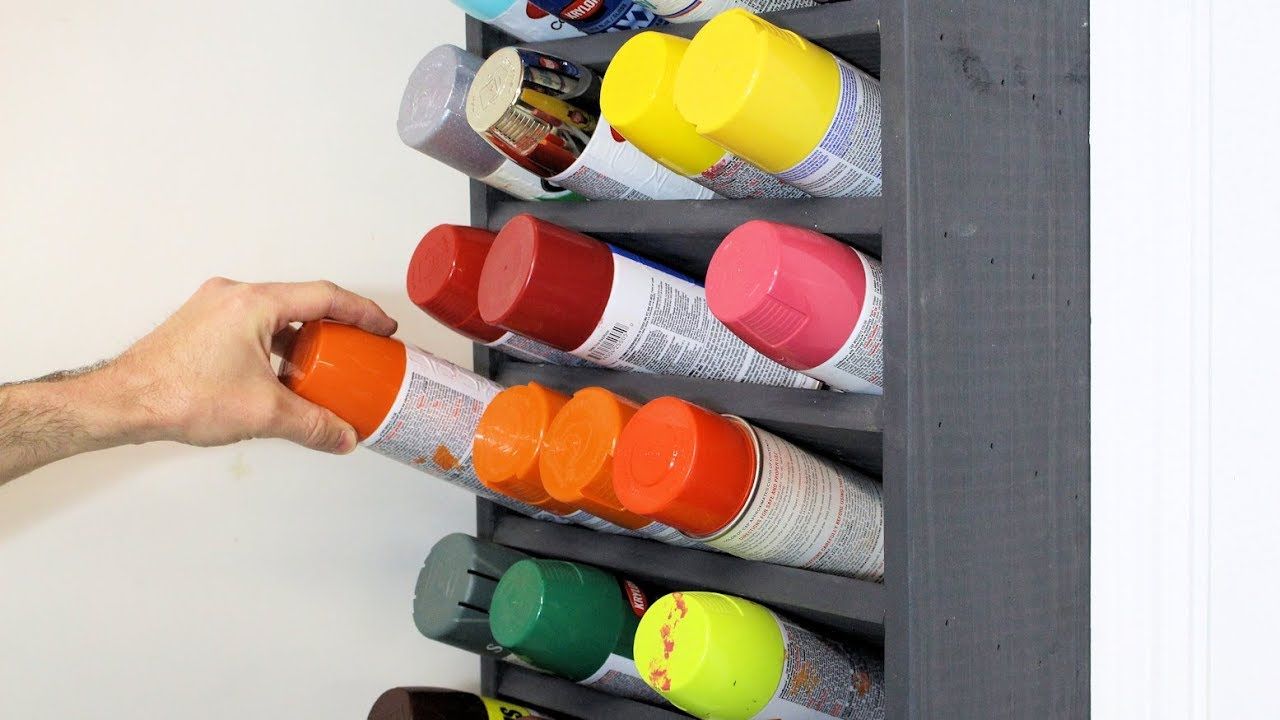

0 thoughts on “How To Store Paintings At Home”